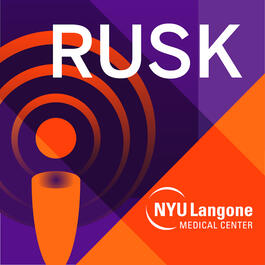
Grand Rounds: Dr. Molly Fuentes, Health Inequities Among Children with Disabilities: Focus on American Indian and Alaska Native Children. Part 1
Dr. Molly Fuentes is medical director at the inpatient rehabilitation unit at the Seattle Children’s Hospital. Dr. Fuentes is an assistant professor of rehabilitation medicine at the University of Medicine. She also is a pediatric physiatrist. She completed her undergraduate degree at Stanford University and is a graduate of the School of Medicine at the University of Michigan. She completed her residency at the University of Washington and later completed a pediatric fellowship at the Seattle Children’s Hospital. She then completed a research fellowship in pediatric injury at the Harborview Injury Prevention and Research Center at the University of Washington. She is the medical director at the inpatient rehabilitation unit at the Seattle Children’s Hospital. Part 1 Dr. Fuentes described her life experiences that influenced her choice of a career in the area of pediatric disability. In this presentation, she wanted to: review the injury epidemiology literature for American Indian and Alaska Native children and teens, identify some historical traumas that impact native people, recognize the utility of the injury-equity framework, the international classification of functioning disability and health model, conceptualize rehabilitative care, and describe some barriers to rehabilitation care. A health disparity is just that difference in health status between population groups. A health disparity becomes an inequity when that disparity is due to systematic differences in social, economic, environmental, or health care resources. There is a health care inequity when there is a difference in access to health care utilization or receipt of health care services. Looking specifically at disability and functional difference among American Indian and Alaska Native children, there really is not that much published literature on the prevalence of disability in this population. Dr. Fuentes concluded Part 1 by discussing historical relationships between Native American tribes and the federal government, which have had a significant deleterious impact on individual and community health status of these individuals. For example, boarding schools or residence schools represent another kind of push in the direction of forced assimilation where traditional practices were punished.
From "RUSK Insights on Rehabilitation Medicine"


Comments
Add comment Feedback